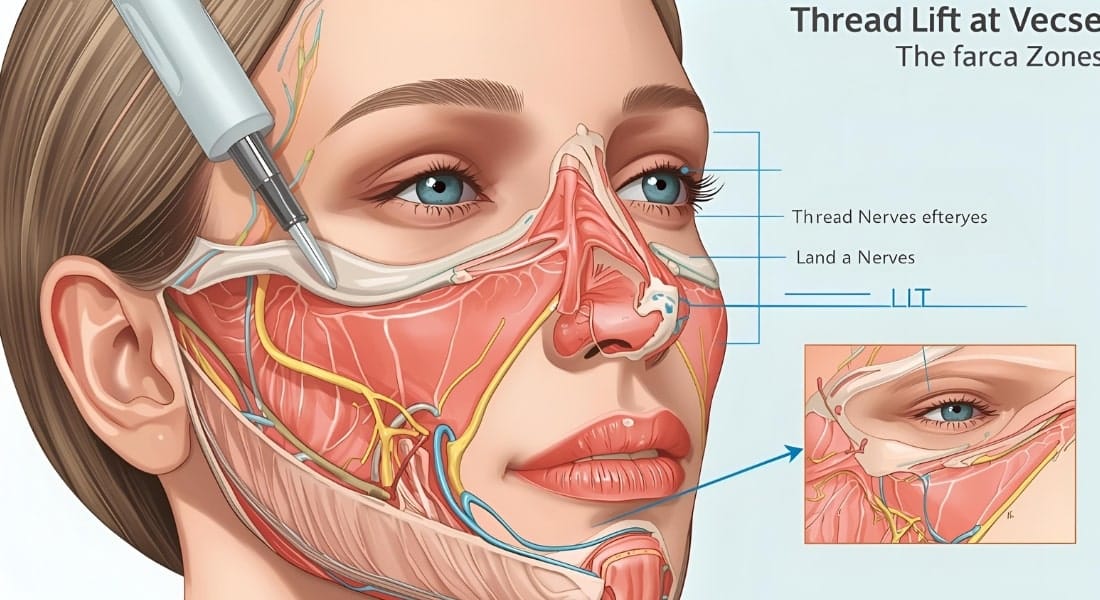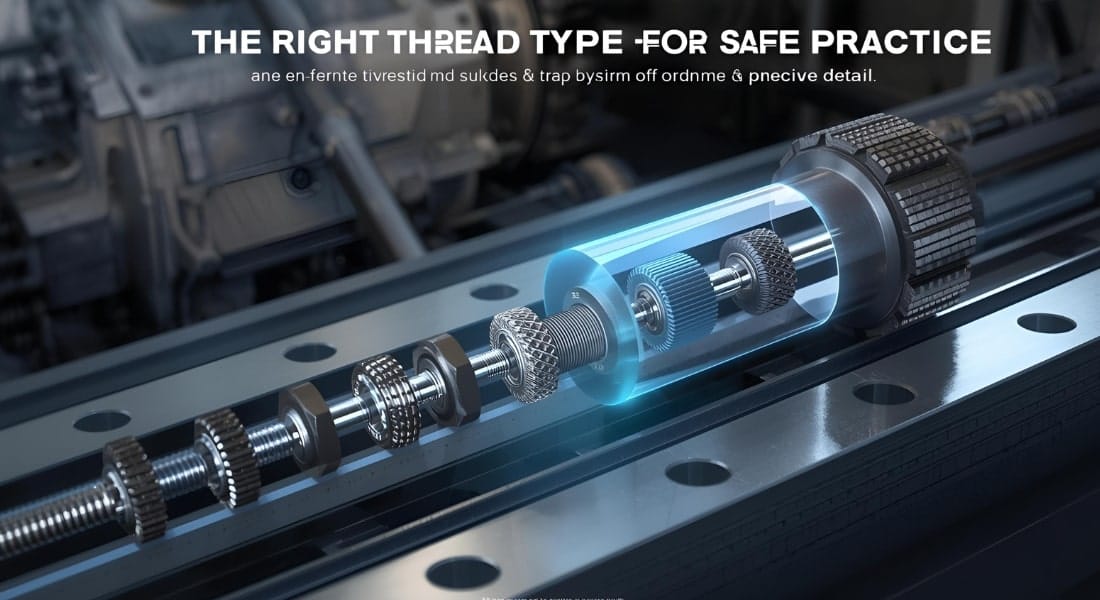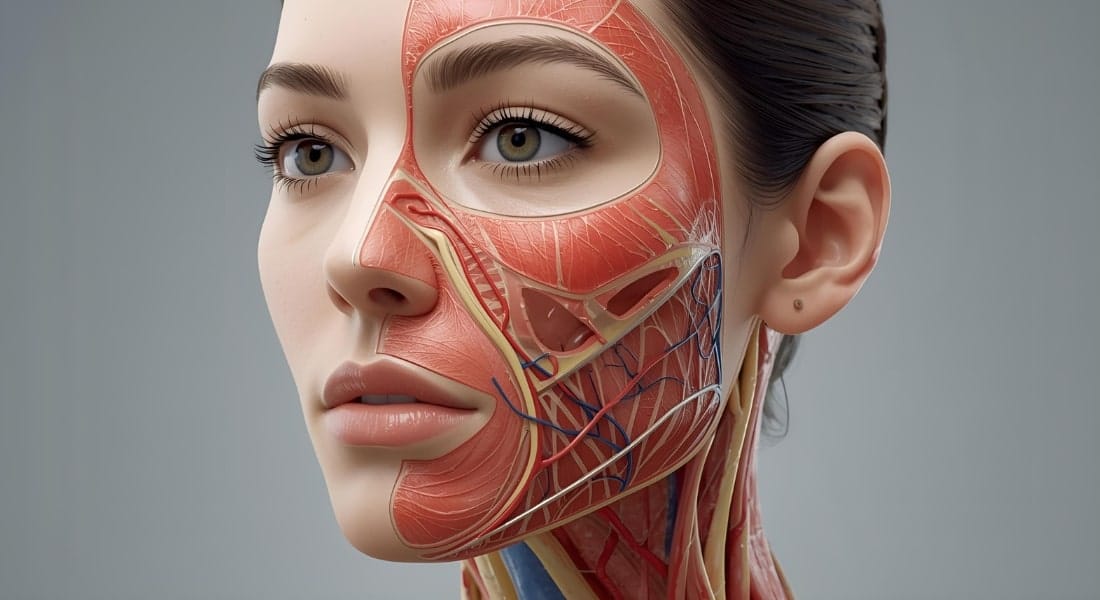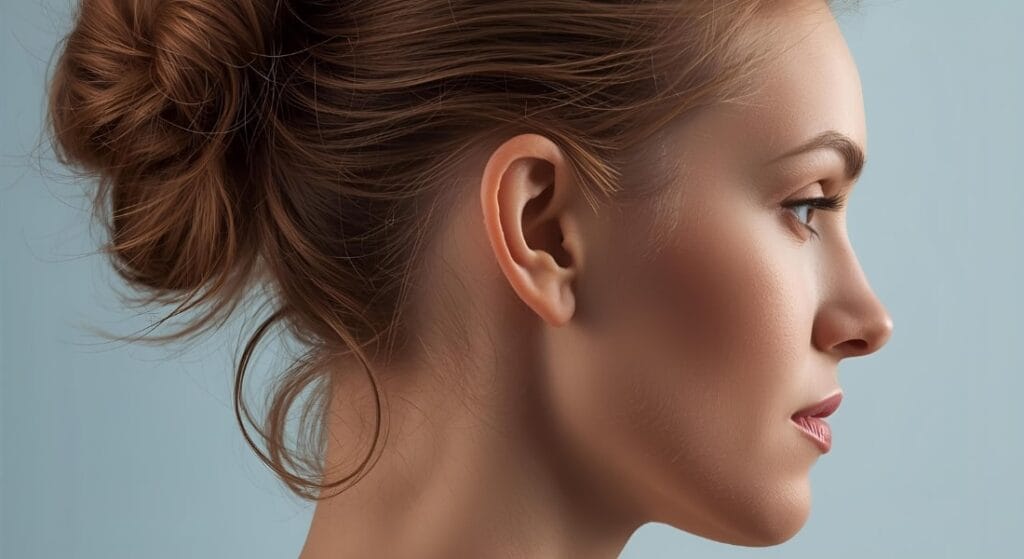In the rapidly evolving landscape of aesthetic medicine, thread lifts have emerged as a cornerstone of non-surgical facial rejuvenation. These minimally invasive procedures offer a compelling alternative to traditional surgery, providing a noticeable lift, improved skin texture, and long-lasting results. However, the success of a thread lift, and more importantly, its safety, hinges on one critical factor: a comprehensive and meticulous understanding of facial anatomy.
While threads like the Aqulift range are engineered for superior performance and safety, they are merely tools. The true artistry—and the responsibility—lies with the practitioner. The intricate network of nerves, arteries, veins, and muscle groups beneath the skin’s surface presents a complex roadmap that, if misread, can lead to serious complications, from bruising and swelling to nerve damage and tissue necrosis. This article serves as an essential anatomy for thread lifts guide, providing B2B professionals with the in-depth, evidence-based insights needed to navigate the thread lift danger zones and perform safe PDO thread lift techniques. By moving beyond superficial knowledge and into the deeper layers of facial structure, clinicians can elevate their practice, minimize risks, and deliver the predictable, beautiful outcomes their patients seek.
Understanding Facial Anatomy in Thread Lifts
A successful thread lift is not just about where the thread goes; it’s about what it passes through. To achieve a safe and effective lift, you must visualize the different layers of the face and their critical contents. These layers—from superficial to deep—dictate the correct plane of insertion for each type of thread and the vectors required for optimal lifting.
The Layers of the Face
- Skin: The outermost layer, consisting of the epidermis and dermis. Threads placed too superficially here can be visible, palpable, or even extrude through the skin.
- Subcutaneous Fat: This layer is a crucial target for many thread lift procedures. Placing threads within the superficial fat layer allows for optimal collagen stimulation and tissue tightening.
- SMAS (Superficial Musculoaponeurotic System): A critical fascial layer that envelops the facial muscles. This is the primary target for many lifting threads, as it offers a robust structure for anchoring and lifting sagging tissue.
- Muscle, Fascia, and Periosteum: The deepest layers. Inserting threads into these layers is generally avoided, as it can cause significant pain, muscle damage, and nerve injury.
Nerves and Vascular Pathways
The facial nerves, arteries, and veins are the most critical structures to avoid. The facial nerve and its branches control muscle movement, and injury can lead to temporary or permanent facial paralysis. Similarly, major arteries and veins, if punctured, can cause significant hematomas, extensive bruising, and, in rare but severe cases, vascular occlusion. A strong grasp of this facial anatomy for cosmetic procedures is non-negotiable for safe practice.
Key Danger Zones in Thread Lift Procedures
Navigating the face requires precision, especially in areas with a high concentration of neurovascular structures. The following are critical thread lift danger zones that demand the utmost clinical caution.

The Temporal Region
This area, encompassing the temple and forehead, is often targeted for brow lifts and mid-face suspension. However, it is a high-risk zone due to the presence of the superficial temporal artery and its associated veins. This artery lies superficially within the subcutaneous fat and fascia, making it susceptible to needle or cannula injury.
- Anatomy: The superficial temporal artery is a major branch of the external carotid artery, ascending over the zygomatic arch. The temporal branch of the facial nerve, which innervates the frontalis muscle (responsible for forehead movement), also runs through this area.
- Risks: Puncturing the superficial temporal artery can lead to significant bleeding, hematoma formation, and extensive bruising. Injury to the temporal branch of the facial nerve can result in temporary or permanent brow ptosis (drooping).
- Clinical Caution: To mitigate risk, always palpate the pulse of the superficial temporal artery before insertion. Use blunt-tipped cannulas, and maintain a consistent, superficial insertion plane (just above the SMAS) when working in this region.
The Periorbital Region
Often treated to address crow’s feet and infraorbital wrinkles, the delicate periorbital region is a complex area. The infraorbital nerve and vessels are the primary concerns here.
- Anatomy: The infraorbital nerve, a branch of the maxillary nerve, exits the infraorbital foramen (located about 1 cm below the orbital rim) and provides sensation to the lower eyelid, cheek, and upper lip. The infraorbital artery and vein accompany the nerve.
- Risks: Injury to the infraorbital nerve can cause paresthesia, numbness, or pain in its distribution area. Puncturing the accompanying vessels can lead to swelling and deep bruising.
- Clinical Caution: Avoid inserting threads too deeply or too close to the infraorbital foramen. The “safe” zone for thread placement in this region is typically more lateral, away from the neurovascular bundle.
The Nasolabial Fold & Perioral Area
Treating the nasolabial folds and marionette lines is a common request, but it requires careful attention to the facial artery and its branches.
- Anatomy: The facial artery courses over the mandible and ascends toward the corner of the mouth, giving off the labial arteries. It terminates as the angular artery near the medial canthus of the eye.
- Risks: Puncturing the facial or angular artery can lead to severe bleeding and hematoma. Of greater concern is the potential for intravascular injection or arterial compression, which can cause tissue ischemia and necrosis—a true medical emergency.
- Clinical Caution: The facial artery is often palpable as it crosses the mandible and lies deep to the orbicularis oris muscle in the perioral region. Utilize a pinch technique to lift the subcutaneous fat away from the deeper, more dangerous planes. Always aspire and move slowly.
The Mandibular Region
The jawline is a popular target for creating a more defined, youthful contour. However, the marginal mandibular nerve is a major thread lift danger zone in this area.
- Anatomy: This branch of the facial nerve runs along the lower border of the mandible (in a supra-platysmal plane). It innervates the muscles that depress the lower lip.
- Risks: Injury to this nerve can result in asymmetry of the lower lip and a distorted smile—a devastating aesthetic outcome for the patient.
- Clinical Caution: The nerve’s position can be highly variable. To minimize risk, practitioners should maintain a consistent, shallow insertion plane (supra-platysmal or deep subdermal) at least 1-2 cm above the mandibular border.
The Neck
Thread lifts in the neck address platysmal banding and skin laxity. The anatomy here is complex, with the platysma muscle and the external jugular vein posing the greatest risks.
- Anatomy: The platysma is a broad, thin sheet of muscle in the superficial neck. The external jugular vein runs obliquely down the neck, crossing the sternocleidomastoid muscle.
- Risks: Puncturing the external jugular vein can cause significant bleeding and hematoma. Placing threads too deeply or too superficially can also lead to visible threads, palpable cords, or damage to deeper structures.
- Clinical Caution: A thorough pinch test is essential to identify the safe subdermal plane, which is superficial to the platysma muscle. Vector planning should be carefully considered to avoid the path of the external jugular vein.
Choosing the Right Thread Type for Safe Practice

The choice of thread is as crucial as the anatomical knowledge. Different thread types are designed for specific purposes and planes, and using the right one can significantly enhance safety and efficacy. Aakaar Medical Technologies’ Aqulift range offers a variety of threads to match diverse clinical needs.
For subtle rejuvenation and skin quality improvement, Aqulift Mono Threads are the ideal choice. These threads are smooth and are primarily used for collagen induction, which makes them suitable for treating fine lines, wrinkles, and areas with minimal risk. Their application is typically in the superficial subdermal layer, which is a safer plane due to the lack of major neurovascular structures.
When a significant lifting vector is required, Aqulift COG Threads-I and Aqulift COG Threads-II are the gold standard. These barbed threads anchor into the SMAS and subcutaneous tissue to provide a powerful mechanical lift. The precision of their insertion depth is critical to avoid vessels and nerves, which typically lie deeper or in different fascial planes. By carefully planning the vectors, clinicians can safely lift and reposition sagging tissue.
For robust anchoring and extreme lifting, especially in the mid-face and jawline, Aqulift COG Master Gear Threads provide superior anchoring due to their unique barb design. Their use requires an even deeper understanding of anatomical considerations, as they are designed to engage more fibrous tissue. The strategic placement of these threads along a specific vector maximizes their tensile strength while ensuring the tip and body of the thread avoid delicate structures.
Finally, for volumizing and filling, Aqulift Double Screw Threads offer a safe alternative to traditional fillers. These threads are designed to create a scaffold that encourages significant collagen production. They require fewer entry points than mono threads and are inserted in a plane that minimizes risk to nerves and vessels while providing a powerful volumizing effect.
Practical Guidelines for Avoiding Complications
Beyond theoretical knowledge, the following practical safe PDO thread lift techniques are essential for minimizing risks.
- Safe Insertion Planes: Always identify the correct plane for your chosen thread type. For lifting threads, the deep subcutaneous fat layer or the supra-SMAS plane is the target. This plane is relatively avascular and minimizes the risk of nerve damage while providing a stable anchor. Superficial placement can lead to visible threads or puckering, while deep placement risks injury to nerves and arteries.
- Importance of Vector Planning: Before beginning, use a surgical pen to meticulously map out the entry points, exit points, and the precise vectors of the threads. This visualization helps in avoiding danger zones and ensures that the lifting forces are distributed evenly for a natural, symmetric result.
- Depth Control: Maintaining a consistent insertion depth is paramount. The use of blunt-tipped cannulas, like those on the Aqulift range, is a critical safety measure. They are designed to push aside vessels and nerves rather than sever them, dramatically reducing the risk of hematoma and injury.
- Sterility and Post-Procedure Care: Strict adherence to sterile technique prevents infection. Educating the patient on proper post-procedure care—such as avoiding strenuous activity, excessive facial expressions, and pressure on the treated area—is vital for preventing complications like thread migration or extrusion.
Training and Best Practices for Clinicians
While articles and guides are a great starting point, they are no substitute for hands-on, certified training. The best practitioners are those who are lifelong learners, constantly refining their skills and knowledge.

- Hands-on Anatomical Training: This is the most effective way to understand the complex three-dimensional relationships of facial structures. Cadaveric workshops and simulation-based training allow clinicians to practice thread insertion points and vectors in a controlled, low-risk environment.
- Simulation & Workshops: High-quality training programs, often provided by reputable companies like Aakaar Medical Technologies, are essential. These courses provide a structured curriculum, supervision from experienced instructors, and a chance to gain proficiency with specific products like the Aqulift range.
Frequently Asked Questions
Q1: What are the most common danger zones in PDO thread lifts?
A: The most common danger zones include the temporal region (superficial temporal artery), the periorbital area (infraorbital nerve/vessels), the mandibular region (marginal mandibular nerve), and the nasolabial fold area (facial and angular arteries). A thorough understanding of facial anatomy for thread lifts is key to avoiding these.
Q2: Which threads are safest for beginners?
A: While all procedures require training, smooth threads like Aqulift Mono Threads are often considered a safer starting point for those new to thread lifts. Their primary function is collagen stimulation in a superficial plane, which carries a lower risk of serious complications compared to cog threads used for lifting.
Q3: How deep should threads be placed?
A: For lifting threads, the ideal depth is typically the deep subcutaneous fat or the supra-SMAS plane. This plane provides a secure anchor for the threads while avoiding the deeper, more dangerous layers containing major nerves and arteries.
Q4: How do Aqulift threads reduce complication risks?
A: The Aqulift range is designed with safety in mind. Many of the threads, particularly the COG and screw types, feature a blunt-tipped cannula. This design minimizes the risk of puncturing vessels and nerves, guiding the thread safely through the tissue planes and reducing post-procedure bruising and swelling.
Conclusion

The art and science of a safe and effective thread lift are inextricably linked to a deep, practical knowledge of facial anatomy. For the discerning clinician, this anatomical roadmap is the foundation upon which every procedure is built. By identifying and respecting the intricate thread lift danger zones, practitioners can perform with confidence, minimize patient risk, and deliver the superior, natural-looking results that define true expertise.
Aakaar Medical Technologies stands as a trusted partner in this journey, providing not just world-class products but also the educational resources necessary for safe practice. The Aqulift range of threads is meticulously engineered with clinician and patient safety as a top priority. From the collagen-stimulating mono threads to the powerful lifting capabilities of our COG and screw threads, each product is designed to work in harmony with the body’s natural architecture.
Elevate your practice and ensure superior patient outcomes. Explore Aakaar’s Aqulift range for clinically proven PDO threads designed with safety and precision in mind.

